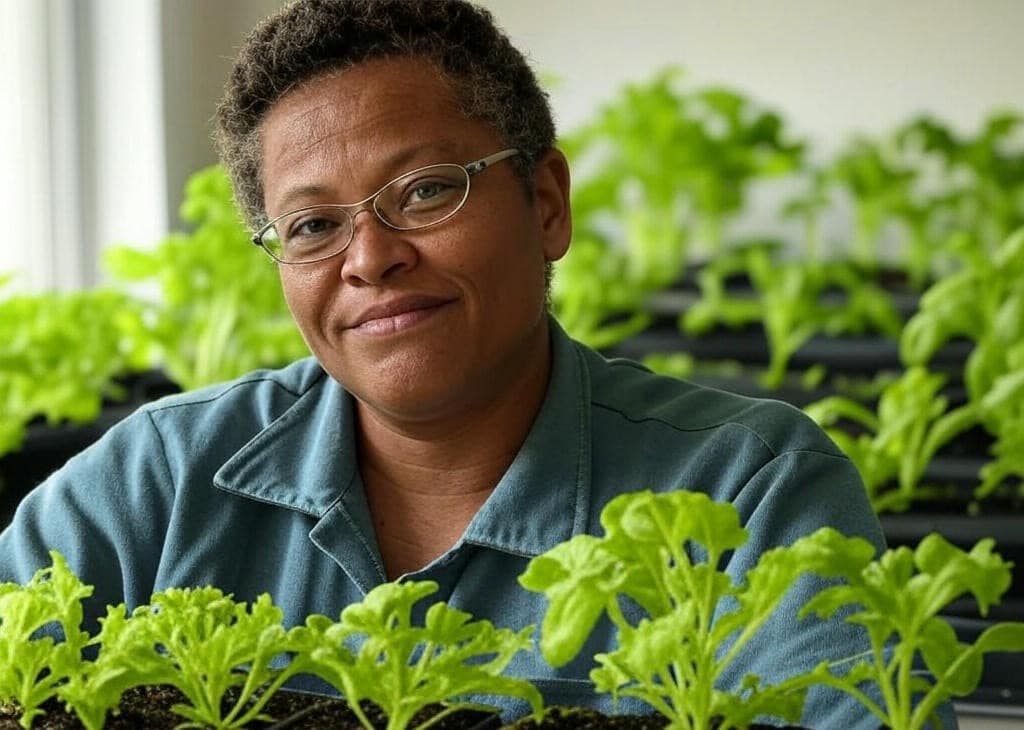All the Details on Hydroponic Peppers Explained
Table Of Content
Growing peppers hydroponically can truly transform your gardening experience. As someone who has personally grown a wide range of peppers—from sweet bell peppers to the ultra-spicy Carolina Reapers—I can attest that hydroponics significantly boosts both yield and pepper quality.

Why Grow Peppers Hydroponically?
Hydroponics gives you unparalleled control over growing conditions, something traditional gardening often lacks. From my own experience, peppers grown hydroponically:
- Mature faster and more consistently
- Produce significantly higher yields
- Have fewer issues with pests and diseases
- Develop richer flavors and increased heat (higher capsaicin)
The taste difference alone makes hydroponics worth it—my hydroponically-grown jalapeños have a remarkable depth of flavor compared to soil-grown ones.
Best Pepper Varieties for Hydroponics
While most peppers can adapt to hydroponics, some perform particularly well:
- Bell Peppers: Easy, productive, and excellent for beginners.
- Jalapeños: Consistently productive with moderate heat.
- Habaneros: Prefer stable, warm conditions and reward you with intense heat.
- Banana Peppers: Mild, quick to mature, ideal for faster crops.
- Cayenne Peppers: Compact, suitable for limited spaces.
In my setup, habaneros thrive exceptionally well in Deep Water Culture (DWC) systems, especially when water temperatures remain around 68-70°F.
Recommended Hydroponic Systems for Peppers
Choosing the right system significantly impacts your results:
- Deep Water Culture (DWC): Excellent for beginners, offering simplicity and high oxygenation.
- Nutrient Film Technique (NFT): Ideal for compact pepper plants, efficiently delivering nutrients.
- Ebb and Flow (Flood and Drain): Supports strong root development; great for robust pepper plants.
- Drip System: Precise nutrient control suited for larger, commercial setups.
Personally, I’ve consistently found the DWC method most effective due to its simplicity and outstanding root development.
Nutritional Requirements
Peppers thrive on a balanced nutrient solution, particularly high in potassium and phosphorus during fruiting. Here’s what I recommend from experience:
- Seedlings: EC 0.8-1.2 (400-600 ppm)
- Vegetative Growth: EC 1.5-2.0 (750-1000 ppm)
- Fruiting Stage: EC 2.0-2.5 (1000-1250 ppm)
Always maintain a pH between 5.8 and 6.3 for optimal nutrient uptake. Investing in a reliable digital pH meter is crucial for consistently healthy plants.
Optimal Lighting for Hydroponic Peppers
Peppers need robust and consistent lighting, around 12-16 hours daily. LED grow lights offer full-spectrum illumination ideal for balanced plant growth, while HID lights work best in larger spaces. In my indoor garden, I’ve found that using 600W LED panels ensures consistent growth and fruitful harvests all year round.
Temperature and Humidity Management
Temperature and humidity control are vital for successful pepper cultivation. Ideal temperatures range from 70-85°F during the day and 60-70°F at night. Keep humidity levels between 50-70% during vegetative growth, lowering them to around 40-50% during fruiting to enhance fruit set. A Wi-Fi-enabled hygrometer and thermostat can greatly simplify this monitoring process.
Indoor Pollination Techniques
Indoor pepper plants need manual pollination due to the absence of natural pollinators. Daily gentle shaking of plants or using a soft brush to transfer pollen between flowers can significantly improve fruit set. Using an electric toothbrush has proven highly effective in my own setups.
Common Problems and Solutions
Common hydroponic pepper issues I’ve encountered and solved:
- Blossom End Rot: Usually due to calcium deficiency—supplement with calcium nitrate and stabilize your pH.
- Yellowing Leaves: Often indicates nitrogen deficiency or pH imbalance.
- Aphids: Rare indoors but manageable with regular neem oil sprays.
Routine inspections and quick responses will save your plants from major setbacks.
Harvesting Tips
Typically, hydroponic peppers mature 60-90 days post-transplant. Harvest when peppers reach their full color and have a firm texture. Under optimal conditions, expect around 10-20 peppers per plant per cycle—I typically harvest about 15 large bell peppers per plant using a recirculating DWC system.
FAQs
Can I grow peppers hydroponically outdoors?
Yes, but you’ll need to monitor and control water temperatures and nutrients more carefully than indoors.
Do hydroponic peppers taste different from soil-grown peppers?
Absolutely—they often taste cleaner, more intense, and spicier due to better nutrient availability.
How long do hydroponic pepper plants typically last?
With proper care, hydroponic pepper plants can thrive and produce for 1-3 years.
Do hydroponic peppers need pruning?
Yes, regular pruning helps improve air circulation and directs energy to fruit production.
Can hydroponic peppers be grown organically?
Absolutely! Organic hydroponic nutrients are available and highly effective for pepper cultivation.
Table Of Content
